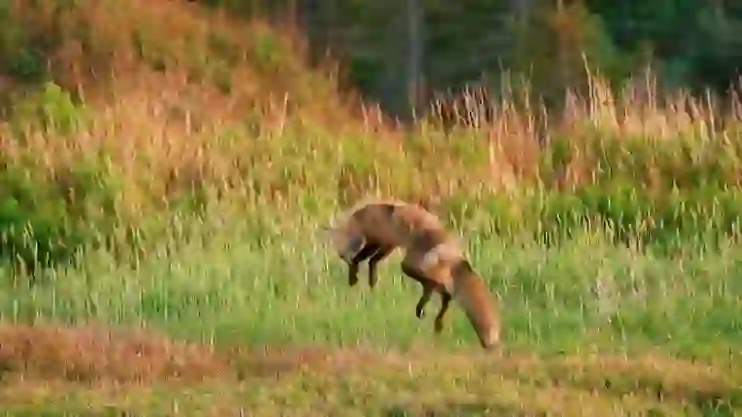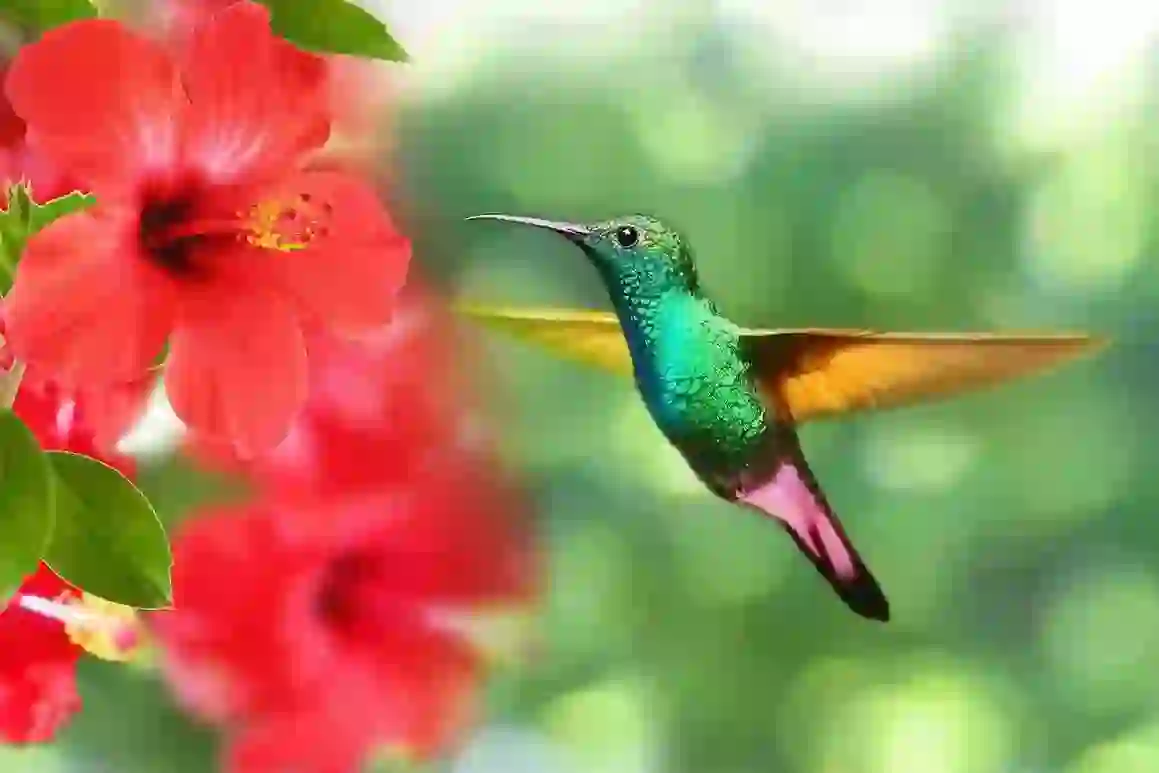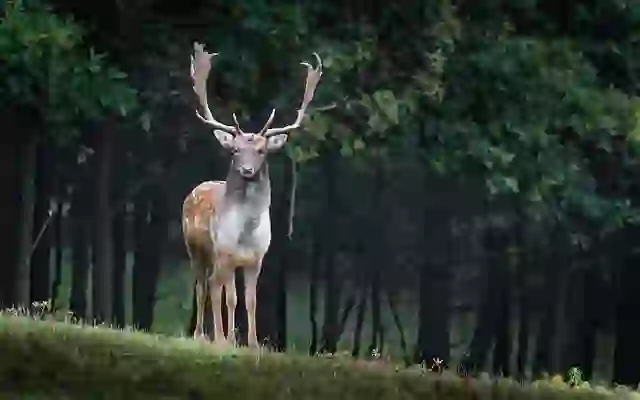
Maned Sloth
Maned Sloth
Maned Sloth
Along the coast of Brazil, the Atlantic Forest stretches, a realm of verdant beauty. Within this forest dwells the maned sloth, a unique sloth with a neck adorned with long fur, resembling a mane. Sadly, deforestation has driven them to the brink of extinction. Let's delve into the world of the maned sloth and the efforts to protect them.
Maned Sloth Basic Infomation
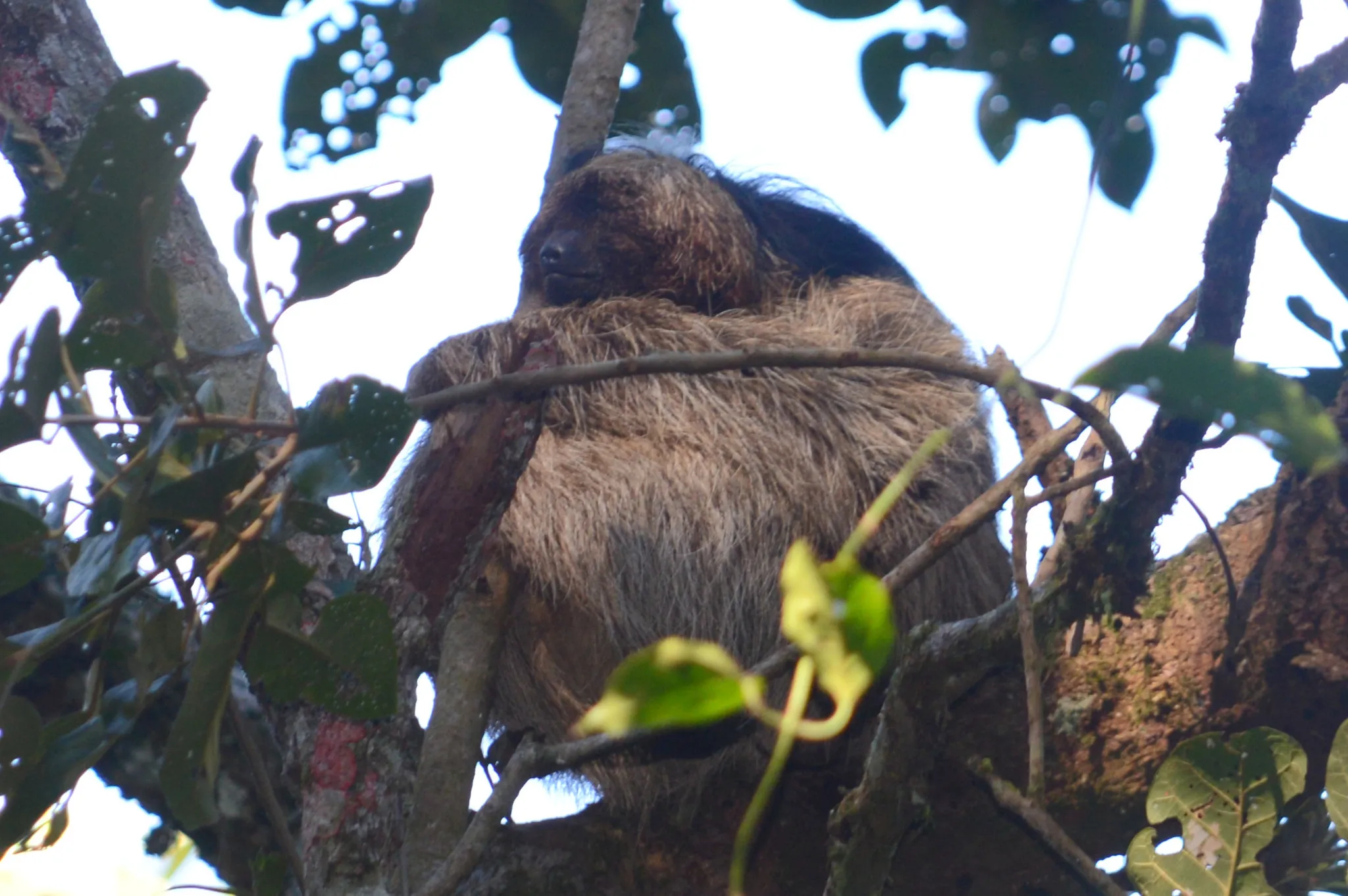
| Property | Value |
|---|---|
| Scientific Name | Bradypus torquatus |
| Taxonomic Status | SPECIES |
| Rank | SPECIES |
| Vernacular Names | Maned Sloth |
| Kingdom | Animalia |
| Phylum | Chordata |
| Class | Mammalia |
| Order | Pilosa |
| Family | Bradypodidae |
| Genus | Bradypus |
| Habitats | Atlantic Forest of Brazil |
| Conservation Status | Vulnerable |
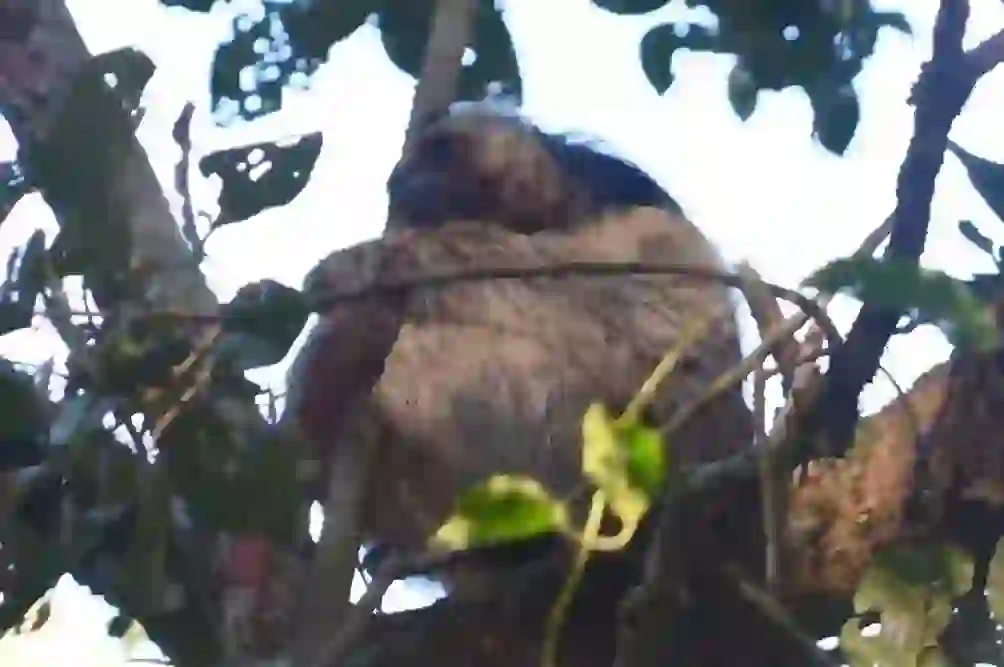
Size
They measure about 20 to 28 inches (50 to 70 centimeters) in length and weigh about 9 to 17 pounds (4 to 7 kilograms). They are a relatively large species of three-toed sloth.

Lifespan
Their lifespan in the wild is estimated to be about 12 to 20 years.

Distribution
They are found only in the Atlantic Forest along the southeastern coast of Brazil.
Maned Sloth Q&A

What kind of sloth is the maned sloth?
The maned sloth is a species of three-toed sloth belonging to the genus Bradypus, found only in the southeastern Atlantic Forest of Brazil, making them an endemic species.
As their name suggests, they are characterized by the long, dark hair around their necks, resembling a mane. This mane is sometimes compared to a lion's mane, earning them the nickname 'maned sloth.' They spend almost their entire lives in trees, their long claws allowing them to grip branches firmly and even hang upside down. They are primarily folivores, meaning they eat leaves, and are known for their incredibly slow movements. This slow pace is an evolutionary adaptation to conserve energy. They also have a low body temperature, which fluctuates with the ambient temperature, a characteristic of animals called 'poikilotherms'.

What do maned sloths eat?
Maned sloths primarily feed on the leaves of certain tree species.
Their main source of food is the leaves of the cecropia tree, which grows in the Atlantic Forest of Brazil. Cecropia leaves are not only easy for sloths to digest but also contain toxins that other animals cannot eat, reducing competition. They may also eat other plants like avocados and bromeliads. They eat only about 50 grams of leaves a day, because their slow metabolism means they don't need much energy. They also rarely drink water, getting most of the moisture they need from the food they eat.

[Quiz!] Why are maned sloths endangered?
The maned sloth is listed as 'Vulnerable' (VU) on the IUCN (International Union for Conservation of Nature) Red List.
Their numbers are declining primarily due to habitat loss. Their habitat, the Atlantic Forest of Brazil, is rapidly shrinking as it is cleared for agriculture, pasture, and urban development. Road construction and mining also threaten their habitat. To protect maned sloths, it is crucial to conserve the Atlantic Forest. We also need to protect them from the illegal pet trade and hunting.

[Quiz!] What efforts are being made to protect maned sloths?
The Brazilian government and international conservation organizations, such as WWF (World Wide Fund for Nature), are implementing various initiatives to protect maned sloths.
For example:
・Establishment of national parks and wildlife sanctuaries
・Regulation of deforestation
・Strengthening law enforcement against poaching
・Public awareness campaigns
・Promotion of ecotourism
・Captive breeding programs
These efforts are helping to slowly increase the maned sloth population. However, they are not out of danger yet. Their future depends on our understanding and cooperation. Let's all do what we can to protect them.

Would you like to become a part of the 'Animalbook.jp'?
Turn your knowledge into Q&A and share it with the world. ※Publication will be activated after purchase. Let's share information together!
Maned Sloth Type of List

Characteristics of the Maned Sloth
- Species of three-toed sloth
- Endemic to the Atlantic Forest of Brazil
- Have long, dark hair around their necks
- About 20 to 28 inches (50 to 70 centimeters) long
- Weigh about 9 to 17 pounds (4 to 7 kilograms)
- Spend almost their entire lives in trees
- Folivores (primarily eat leaves)
- Incredibly slow-moving
- Vulnerable (VU)
Information
Congratulations! You are the first commenter!

Create Your Favorite List!
Maned Sloth
Save the animals you love! Build your own list to quickly revisit your favorites later.

Would you like to leave a comment?
※Please note: This is for the purchase of rights to post comments within the article.
Find Your Favorites!
Our shop offers a unique and attractive selection of goods themed around various animals.
Maned Sloth References
Maned Sloth Introduction of media used

Esv - Eduard Solà Vázquez, CC BY-SA 3.0, via Wikimedia Commons

Help Enrich Our Animalbook.jp with Your Media!
We are constantly looking to expand and enrich our Animalbook.jp with amazing photos and videos of animals. If you have any media that you'd like to share, please contribute and help us showcase the beauty and diversity of the animal kingdom. Your submissions will be credited and featured in our encyclopedia, reaching a wide audience of animal lovers.



